Understanding Basketball Weight
Have you ever wondered, how much does a basketball weigh? The answer can vary widely based on several factors, such as the league in which it is used and the age category of the players. This variation crucially affects how manufacturers construct basketballs and how basketballs perform during gameplay.
Weight can significantly influence a player’s performance, impacting shooting accuracy, dribbling control, and passing efficiency. From seasoned pros in the NBA to enthusiastic youngsters in youth leagues, knowing the weight differences in basketballs is essential. This knowledge empowers players, coaches, and parents to make informed choices about equipment.
In this article, we will explore the weight of basketballs used in various leagues, including the NBA, NCAA, FIBA, and youth levels. Additionally, we will discuss how these specifications relate to gameplay and the overall experience. Ultimately, this comprehensive understanding will assist players in choosing the right basketball for their specific needs.
The Standard Weight of a Basketball
NBA Basketball Specifications
When it comes to professional basketball, the NBA has set a standard weight for its basketballs. The official weight of an NBA basketball is 29.5 ounces (approximately 0.84 kg). This weight is specifically designated for the men’s game.
- Material and Construction: Typically, NBA basketballs are composed of high-quality leather. This material provides excellent grip and control, which is vital during competitive play. Leather is favored for its durability, allowing the ball to endure the rigors of intense games, preserving its quality over time.
- Usage in Practice and Games: The same weight specifications apply to basketballs used in practice as well as official games. This consistency is important for players as they train with the equipment they will use in matches. Such uniformity helps athletes build confidence and familiarity, which enhances performance and skill development.
WNBA Basketball Specifications
For the WNBA, the official women’s basketball weighs 28.5 ounces (approximately 0.81 kg). This slight difference in weight compared to the men’s basketball is designed to accommodate the preferences and playing styles of female athletes.
- Size and Grip: WNBA basketballs share many characteristics with NBA basketballs, but they are slightly smaller. The reduced weight makes the ball easier to handle for female players and can enhance their shooting accuracy and ball control.
- Quality Standards: Despite being lighter, WNBA basketballs maintain high standards similar to those of NBA balls. This ensures that female athletes receive the same quality of equipment as their male counterparts, promoting fair competition and optimal performance.
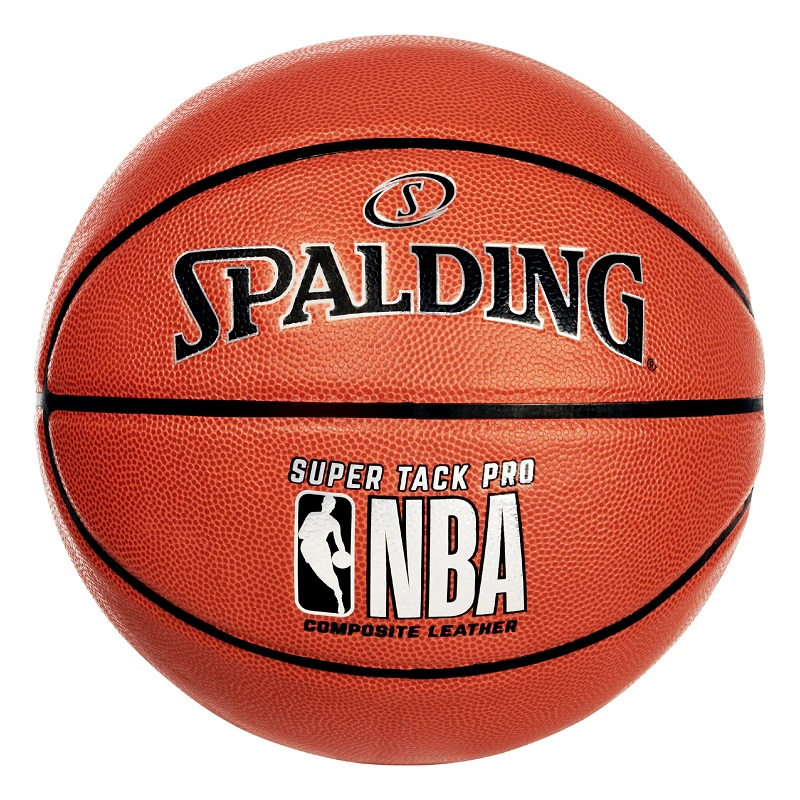
FIBA Basketball Weight Standards
International Basketball Federation (FIBA)
In international competitions, the FIBA has established its own standards regarding basketball weight and size. According to FIBA regulations, the men’s basketball weighs 29 ounces (approximately 0.83 kg), while the women’s version weighs 28 ounces (approximately 0.79 kg).
- Adaptation for Global Play: These specifications are well-suited to the different playing style found in international competitions. Slightly lighter basketballs facilitate unique techniques that players use when competing on a global stage. Understanding these weight standards is crucial for athletes participating in international tournaments.
- Consistency in Gameplay: Players must adapt to FIBA basketball specifications for international tournaments. Recognizing these differences allows athletes to prepare better and perform effectively in various competitive environments.
Youth and Amateur Basketball
For youth and amateur leagues, basketball weights can differ considerably based on the age group and skill level.
- General Recommendations: Younger players, typically aged 6-12, are encouraged to use basketballs weighing 22 ounces (approximately 0.62 kg). This weight allows young athletes to develop their foundational skills without being overwhelmed. A lighter basketball fosters confidence and encourages learning.
- Progressing Through Age Groups: As players develop, they usually transition to heavier basketballs. Athletes aged 13 and older often use men’s size basketballs (29.5 ounces) or women’s size basketballs (28.5 ounces) in accordance with league requirements. This gradual increase in weight helps players adapt and grow in their abilities.
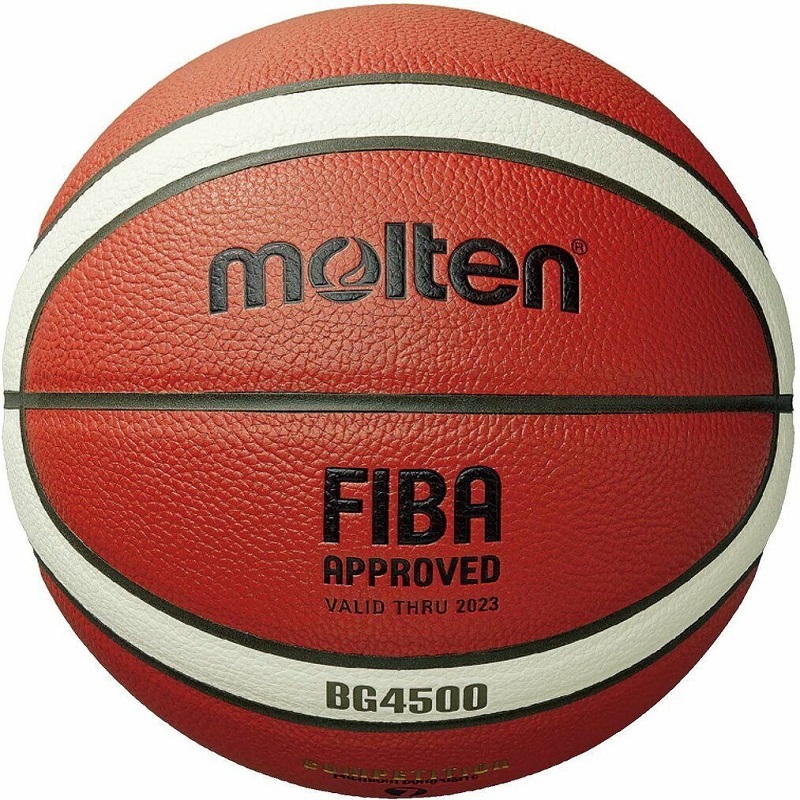
Why Does Basketball Weight Matter?
Impact on Performance
The question of how much does a basketball weigh is vital, bacause the weight of a basketball has a direct impact on player performance and gameplay dynamics.
- Ball Control: For experienced players, heavier basketballs provide a sense of stability and control. When athletes practice with the appropriate weight, they develop muscle memory that contributes to better shooting and dribbling skills. The right weight allows players to focus on mastering their techniques.
- Physical Conditioning: Training with a properly weighted basketball enhances overall physical conditioning. Athletes develop strength through repeated motions with the correct volume, which improves performance in actual games. This kind of training also helps build endurance and confidence.
Personal Preference and Skills Development
Individual players’ experiences and skill levels significantly influence their preferences regarding basketball weight.
- Finding the Right Fit: Every player has unique preferences when it comes to basketball weight. Players should choose a basketball that feels comfortable in their hands. A ball that matches a player’s style and strength level can significantly improve gameplay and confidence.
- Emphasizing Correct Technique: Selecting the right equipment is a crucial factor, but so is refining shooting and handling skills. The proper basketball weight serves as a foundation, but consistent practice and coaching will yield the best overall results. Engaging in drills and exercises helps players develop the necessary techniques to succeed effectively.
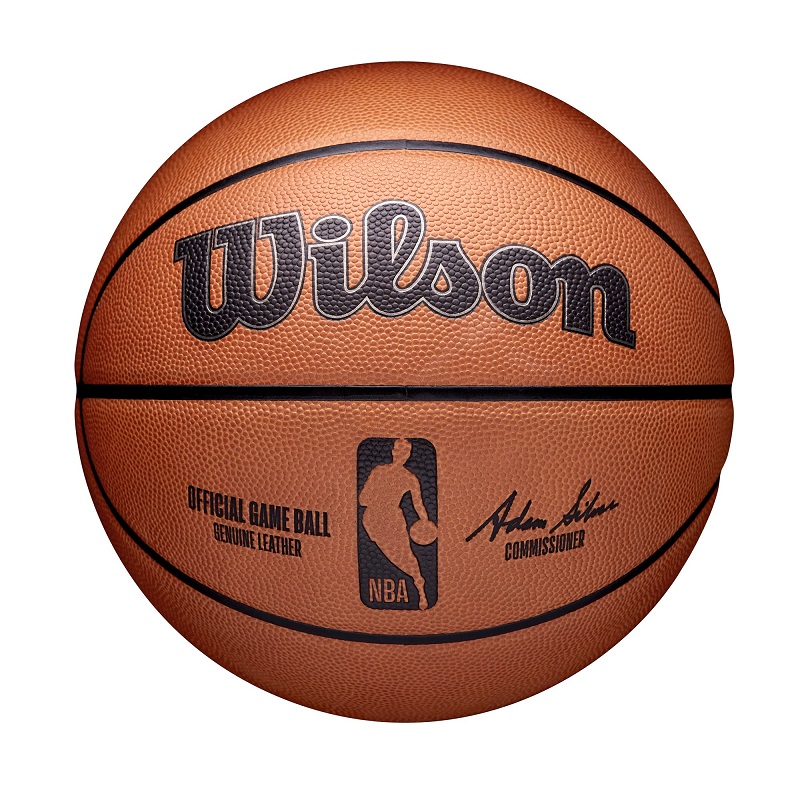
Selecting the Right Basketball for Your Needs
Recommendations by Organization
When selecting a basketball for practice or gameplay, it’s essential to consider the guidelines set by different basketball organizations.
- FIBA Regulations: If you play in international competitions, make sure your basketball complies with FIBA standards. This will ensure proper gameplay standards and smoother adaptation during games. Familiarity with these standards prepares players for success when competing on a global stage.
- League Requirements: Different leagues have specific recommendations for basketball size and weight. For example, youth leagues often require lighter basketballs for younger players. This flexibility allows youth athletes to learn proper techniques without being hindered by equipment that’s too heavy.
Personal Considerations
Player preferences are another important aspect of the basketball selection process.
- Try Before You Buy: Whenever possible, players should try multiple basketballs to assess which one feels best. Grip, feel, and comfort can vary significantly between products and brands. Finding the right basketball can greatly affect gameplay and overall enjoyment.
- Quality Over Quantity: Opt for high-quality basketballs manufactured from durable materials. Investing in superior equipment benefits your long-term performance and ensures the basketball lasts through rigorous use. High-quality basketballs maintain their grip and integrity longer, reducing the need for frequent replacements.
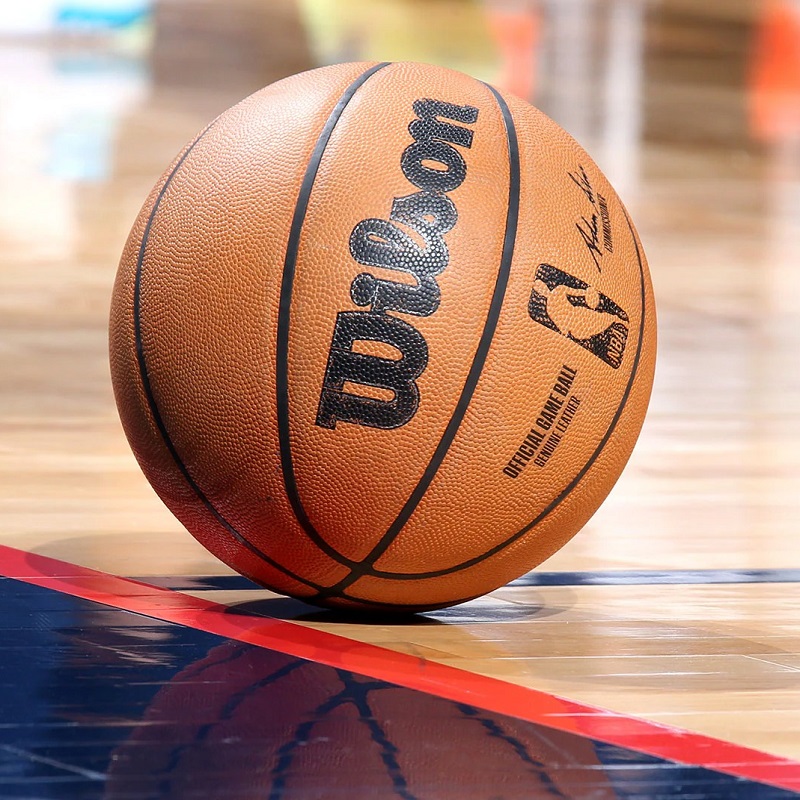
The Psychology of Basketball Weight
How Weight Affects Mindset
The basketball’s weight impacts not only physical performance but also mental preparation.
- Building Confidence: Players who feel comfortable and in control with their basketball are more likely to perform well in games. A correctly weighted basketball allows them to focus on strategy and execution rather than worrying about handling burdensome equipment.
- Training Mental Toughness: Training with a heavier basketball can promote mental toughness. Players learn to handle challenges and develop resilience during practice sessions. These experiences are invaluable when it comes to competition, where mental fortitude is crucial.
Transitioning to Competitive Play
As players progress from youth leagues to competitive levels, transitioning to heavier basketballs can enhance skill handling under pressure.
- Transitioning Gear: Athletes moving up from youth leagues should gradually adjust to the required basketball weight. This allows them to manage their expectations, build their confidence, and feel prepared for competition against more seasoned players.
- Adopting a Growth Mindset: Embracing variations in basketball weight can foster a growth mindset. Players who understand the importance of adaptability will likely stay committed to improving through challenges. This mindset is essential for long-term success.
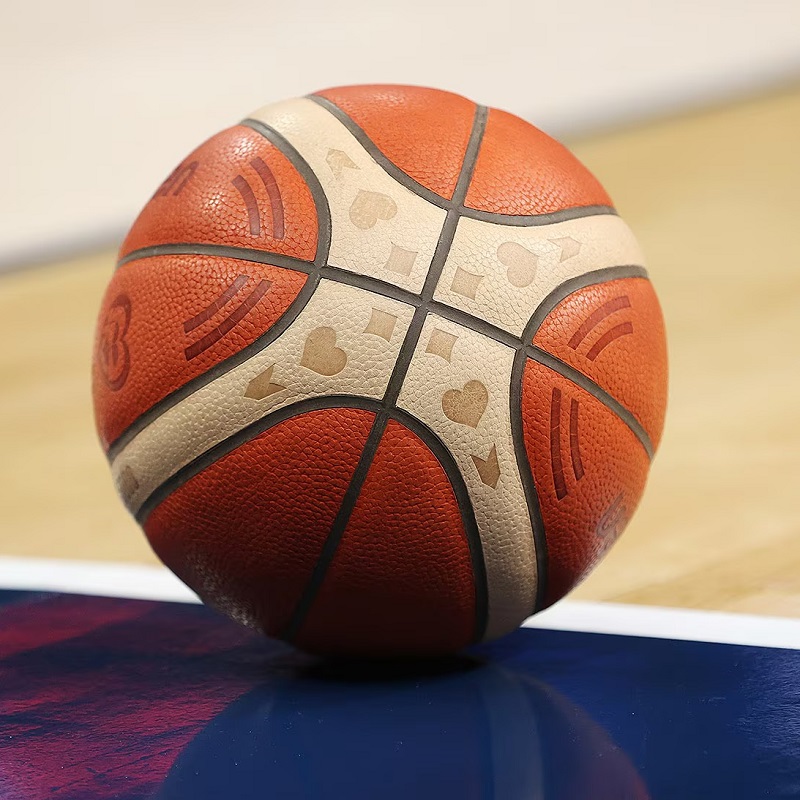
The Importance of Understanding Basketball Weights
In conclusion, the question of how much does a basketball weigh is vital for players and coaches at all levels. Understanding the weight differences across various leagues—such as the NBA, WNBA, FIBA, and youth levels—enables individuals to make informed decisions about which basketball is right for their needs. This knowledge influences gameplay, skill development, and overall experiences for athletes of all ages.
As you continue exploring the world of basketball, remember that the weight of your basketball can significantly impact your performance. Whether you are a young athlete starting or an experienced player, selecting the right basketball aligned with your skills can make all the difference on the court. Embrace the game, enjoy every dribble, pass, and shot, and be equipped with the right knowledge and ball!
With a better understanding of basketball specifications and the significance of weight, you can make essential choices regarding your equipment. Every bounce and shot tells a story, and the right basketball allows you to shape that narrative on and off the court. Whether your aspirations include professional play or simply enjoying the game, grasping how basketball weight affects your experience will empower you to pursue your passion confidently.


